Harvest Broccoli at Home – sounds like a dream, right? Imagine stepping into your backyard and picking fresh, vibrant broccoli for dinner. No more trips to the grocery store, no more wondering about pesticides – just pure, homegrown goodness. But when is the right time to harvest? And how do you do it without damaging the plant? Don’t worry, I’m here to guide you through the process!
Broccoli, a member of the brassica family, has been cultivated since the Roman Empire, where it was highly valued for its nutritional benefits and unique flavor. Today, this superfood remains a staple in diets worldwide. However, many people are intimidated by the idea of growing their own, especially when it comes to knowing when and how to harvest broccoli at home. That’s where these simple DIY tricks come in handy!
Let’s face it, store-bought broccoli can sometimes be disappointing – limp, yellowing, and lacking that fresh, crisp taste. By learning how to harvest broccoli at home properly, you can ensure you’re always enjoying the most flavorful and nutritious florets possible. Plus, it’s incredibly rewarding to nurture a plant from seed to table. This article will equip you with the knowledge and confidence to successfully harvest your broccoli, extending your harvest season and maximizing your yield. Get ready to enjoy the freshest broccoli you’ve ever tasted!
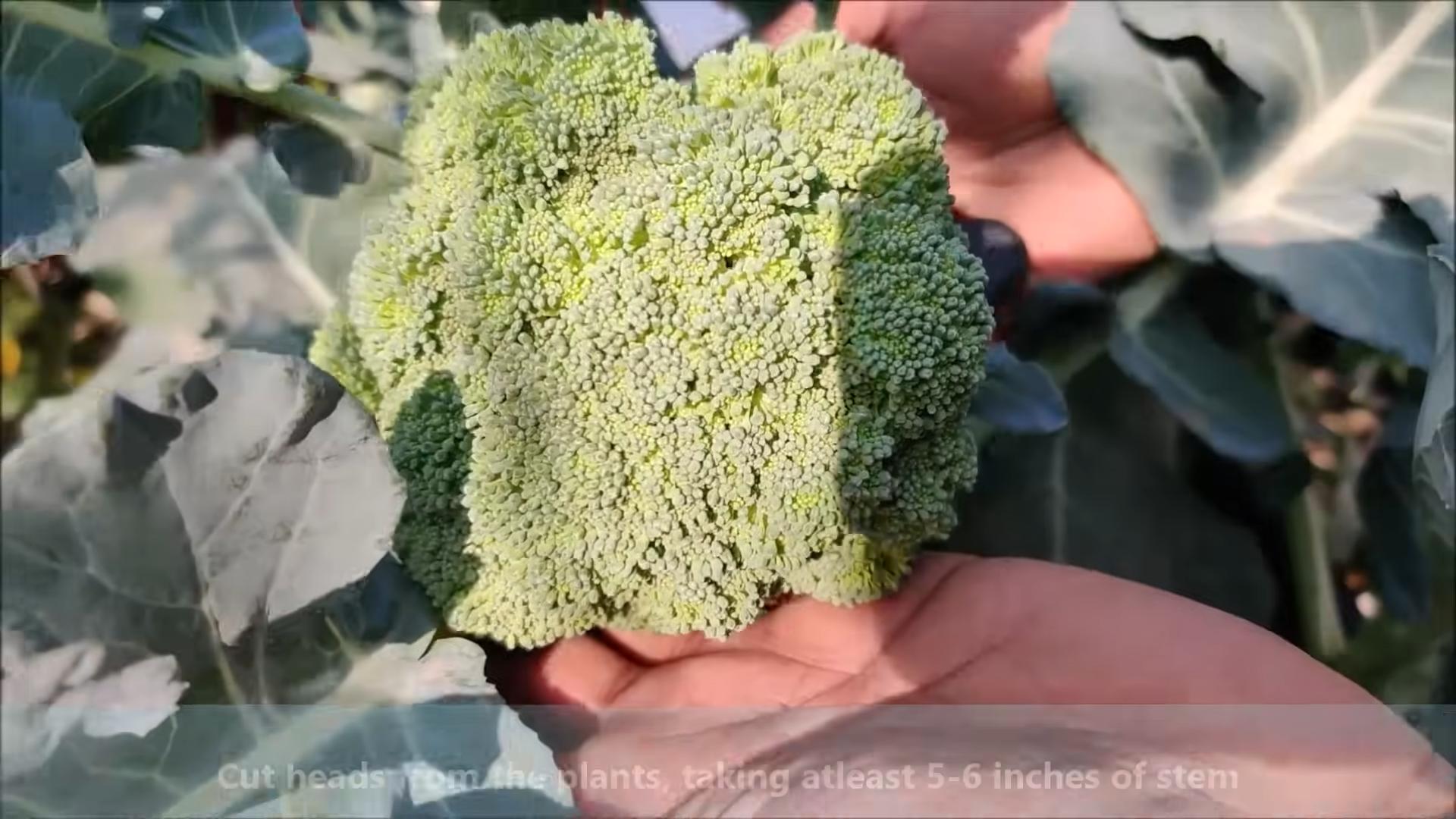
Harvesting Broccoli Like a Pro: A DIY Guide
Okay, so you’ve nurtured your broccoli plants, watched them grow, and now you’re itching to harvest those beautiful, green heads. Don’t worry, it’s easier than you think! I’m going to walk you through the whole process, step-by-step, so you can enjoy the fruits (or rather, vegetables!) of your labor.
Knowing When to Harvest: The Key to Broccoli Bliss
The most crucial part of harvesting broccoli is knowing *when* to do it. Pick it too early, and you’ll have tiny, underdeveloped heads. Wait too long, and the florets will start to open and flower, making the broccoli taste bitter and less appealing. Here’s what to look for:
* Head Size: The main head should be a good size, typically 4-7 inches in diameter, depending on the variety. Check your seed packet or plant tag for the expected head size of your specific broccoli.
* Tight Florets: The individual florets that make up the head should be tightly closed and compact. You want a nice, dense head.
* Color: The color should be a deep, even green. Avoid heads that are starting to turn yellow or have yellow florets. This indicates that they’re starting to flower.
* Firmness: Gently squeeze the head. It should feel firm and solid, not soft or spongy.
Tools You’ll Need
Before you head out to the garden, gather these essential tools:
* Sharp Knife or Pruning Shears: A sharp blade is crucial for a clean cut, which helps prevent disease and encourages side shoot growth.
* Gloves (Optional): Broccoli leaves can sometimes be a bit prickly, so gloves can protect your hands.
* Basket or Bag: To carry your harvested broccoli.
* Water (Optional): A bucket of cool water to immediately submerge the harvested broccoli to keep it fresh.
Harvesting the Main Head: Step-by-Step
Alright, let’s get down to the nitty-gritty of harvesting!
1. Inspect the Broccoli Head: Double-check that the head meets all the criteria mentioned above: good size, tight florets, deep green color, and firmness. This is your last chance to make sure it’s ready!
2. Locate the Cutting Point: Look for the main stem of the broccoli plant, just below the head. You want to cut the stem at an angle, about 5-6 inches below the head. This leaves enough stem for you to hold onto while cutting and also encourages side shoot production.
3. Make the Cut: Using your sharp knife or pruning shears, make a clean, angled cut through the stem. Be careful not to damage any of the surrounding leaves or side shoots. A clean cut is important for the plant’s health.
4. Gently Remove the Head: Carefully lift the harvested head away from the plant. Try not to jostle it too much, as this can loosen the florets.
5. Submerge in Water (Optional): If you have a bucket of cool water ready, immediately submerge the harvested broccoli head. This will help keep it fresh and crisp.
6. Store Properly: If you’re not using the broccoli right away, store it in the refrigerator. Wrap it loosely in a damp paper towel and place it in a plastic bag with a few holes for ventilation. It should stay fresh for up to a week.
Encouraging Side Shoots: The Gift That Keeps on Giving
One of the best things about broccoli is that it doesn’t just give you one head! After you harvest the main head, the plant will continue to produce smaller side shoots. These are like mini-broccoli heads, and they’re just as delicious.
1. Leave the Plant Intact: Don’t pull up the entire plant after harvesting the main head. Leave the roots and remaining leaves in the ground.
2. Water and Fertilize: Continue to water and fertilize the plant as needed. This will provide the nutrients it needs to produce side shoots.
3. Monitor for Side Shoots: Keep an eye on the plant for the development of side shoots. They will typically grow from the leaf axils (the point where the leaves meet the stem).
4. Harvest Side Shoots: Harvest the side shoots when they reach a good size, typically 2-4 inches in diameter. Use the same harvesting technique as you did for the main head, cutting the stem at an angle just below the side shoot.
5. Repeat: Continue to harvest side shoots as they mature. The plant will continue to produce them for several weeks, giving you a continuous supply of fresh broccoli.
Troubleshooting: Common Broccoli Harvesting Issues
Even with the best planning, things can sometimes go awry. Here are a few common issues you might encounter and how to deal with them:
* Broccoli Head is Starting to Flower: If you notice that the florets are starting to open and turn yellow, harvest the head immediately, even if it’s not quite as large as you’d like. The flavor will deteriorate quickly once the florets start to flower. You can still eat it, but it will be best cooked right away.
* Broccoli Head is Infested with Pests: Check your broccoli head carefully for pests like aphids, cabbage worms, or slugs. If you find any, remove them by hand or spray the head with a strong stream of water. You can also use an organic insecticide if necessary. Make sure to wash the broccoli thoroughly before eating it.
* Broccoli Head is Soft or Spongy: This indicates that the broccoli is overripe or has been damaged. It’s best to discard it.
* Side Shoots Aren’t Developing: If your plant isn’t producing side shoots after you harvest the main head, it could be due to a lack of nutrients or water. Make sure you’re watering and fertilizing the plant regularly. You can also try adding some compost to the soil around the plant.
Tips for Maximizing Your Broccoli Harvest
Here are a few extra tips to help you get the most out of your broccoli harvest:
* Choose the Right Variety: Select a broccoli variety that is well-suited to your climate and growing conditions. Some varieties are better for spring planting, while others are better for fall planting.
* Start with Healthy Seedlings: Start your broccoli plants from healthy seedlings. This will give them a head start and increase your chances of a successful harvest.
* Provide Adequate Sunlight: Broccoli needs at least 6 hours of sunlight per day. Make sure you plant it in a location that receives plenty of sun.
* Water Regularly: Broccoli needs consistent moisture, especially during hot weather. Water deeply and regularly, especially when the heads are forming.
* Fertilize Properly: Broccoli is a heavy feeder, so it needs plenty of nutrients. Fertilize regularly with a balanced fertilizer.
* Control Pests and Diseases: Keep an eye out for pests and diseases and take action to control them promptly.
* Harvest at the Right Time: As I mentioned earlier, harvesting at the right time is crucial for getting the best flavor and texture.
* Succession Planting: Plant broccoli in succession, planting a new batch every few weeks. This will give you a continuous supply of fresh broccoli throughout the growing season.
Enjoying Your Homegrown Broccoli
Now that you’ve harvested your broccoli, it’s time to enjoy it! There are so many delicious ways to prepare broccoli. You can steam it, roast it, stir-fry it, or even eat it raw in salads. Here are a few of my favorite broccoli recipes:
* Roasted Broccoli with Garlic and Parmesan: Toss broccoli florets with olive oil, garlic, and Parmesan cheese, then roast them in the oven until tender and slightly browned.
* Broccoli and Cheese Soup: A classic comfort food that’s perfect for a chilly day.
* Broccoli Stir-Fry with Chicken or Tofu: A quick and easy weeknight meal.
* Broccoli Salad with Cranberries and Almonds: A refreshing and healthy salad that’s perfect for potlucks and picnics.
Growing and harvesting your own broccoli is a rewarding experience. Not only do you get to enjoy fresh, delicious vegetables, but you also get the satisfaction of knowing that you grew them yourself. So, get out there and start planting! You’ll be harvesting your own broccoli in no time. Happy gardening!
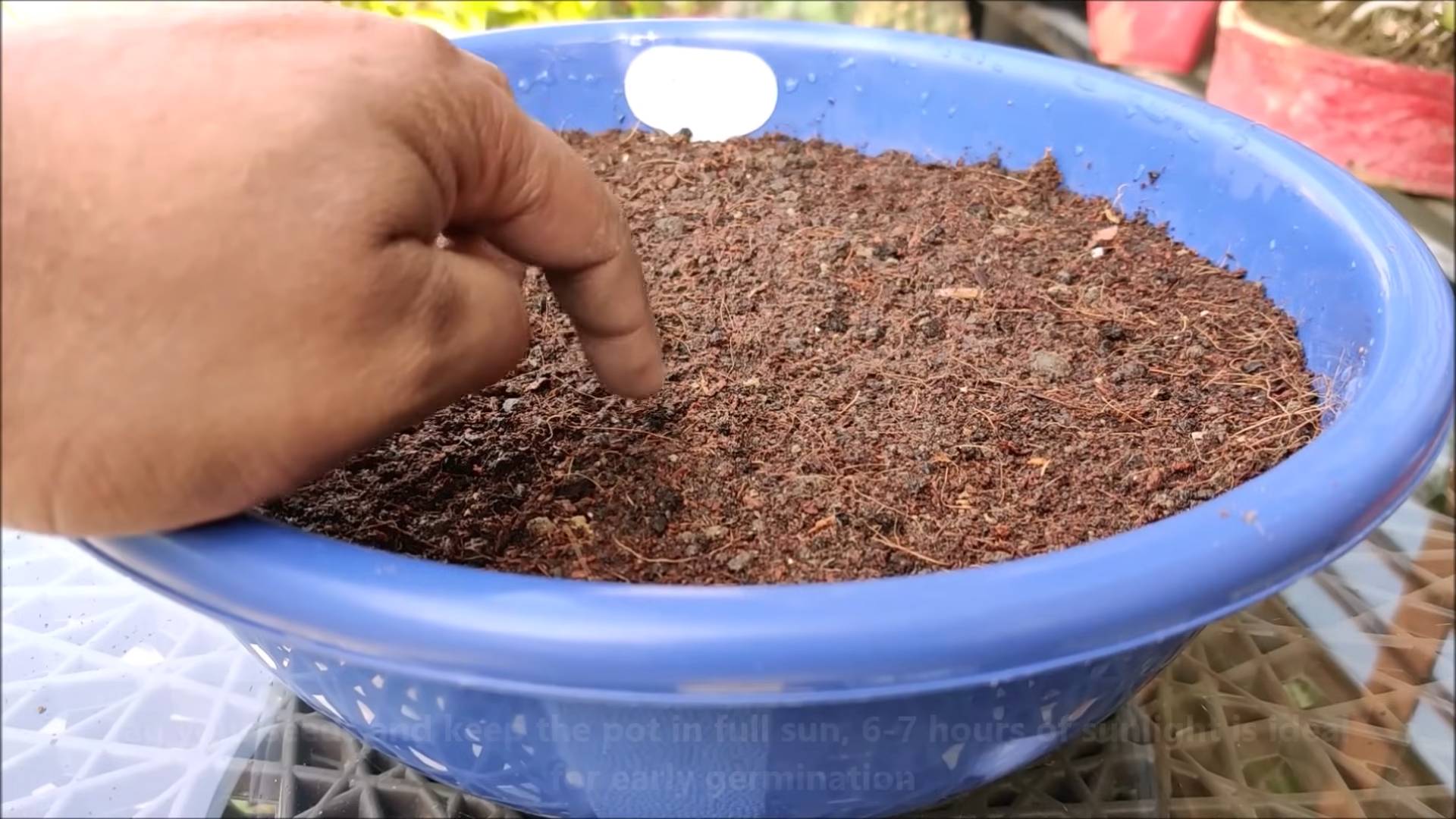
Conclusion
So, there you have it! Harvesting broccoli at home is not only achievable but also incredibly rewarding. Imagine serving up a dish featuring broccoli you nurtured from seed (or seedling!) to plate. The taste difference alone is enough to convince anyone to give it a try. Store-bought broccoli, while convenient, simply can’t compare to the fresh, vibrant flavor and satisfying crunch of homegrown.
This DIY trick is a must-try for several reasons. First, you gain complete control over the growing process, ensuring your broccoli is free from unwanted pesticides and chemicals. Second, you can harvest your broccoli at its peak ripeness, maximizing its nutritional value and flavor. Third, it’s a fantastic way to connect with nature and learn more about where your food comes from. Finally, it’s a cost-effective way to enjoy fresh broccoli, especially if you consume it regularly.
But don’t stop there! Experiment with different broccoli varieties to find your favorite. Try growing Romanesco broccoli for its stunning fractal patterns or purple sprouting broccoli for its unique color and flavor. You can also adjust the timing of your planting to extend your harvest season. Consider succession planting, where you plant new broccoli seedlings every few weeks, to ensure a continuous supply throughout the growing season.
Ready to embark on your broccoli-growing adventure? We encourage you to give this DIY trick a try. It’s easier than you might think, and the results are well worth the effort. Don’t be afraid to get your hands dirty and learn along the way. Every garden is a learning experience, and even if you encounter challenges, you’ll gain valuable knowledge and skills.
Once you’ve harvested your first head of homegrown broccoli, be sure to share your experience with us! We’d love to hear about your successes, challenges, and any variations you tried. Post photos of your harvest on social media using #HomegrownBroccoli and tag us so we can celebrate your accomplishment. Let’s build a community of home gardeners and inspire others to grow their own food.
Growing your own food, especially something as versatile and nutritious as broccoli, is an empowering experience. It’s a step towards a more sustainable lifestyle and a deeper appreciation for the food we eat. So, grab your gardening gloves, prepare your soil, and get ready to enjoy the delicious rewards of harvesting broccoli at home! You won’t regret it.
Frequently Asked Questions (FAQ)
What is the best time to harvest broccoli?
The ideal time to harvest broccoli is when the central head is firm, tight, and a deep green color. The individual florets should be tightly closed. If the florets start to open and show yellow, it’s a sign that the broccoli is starting to bolt (go to seed) and should be harvested immediately, even if it’s not quite as large as you’d like. The size of the head isn’t as important as its firmness and the tightness of the florets. Generally, broccoli is ready for harvest 50-80 days after planting, depending on the variety and growing conditions.
How do I know if my broccoli is ready to harvest?
Besides the firmness and color of the head, there are a few other things to look for. Gently feel the head; it should be dense and heavy for its size. Also, check the stem; it should be thick and sturdy. If you’re unsure, it’s always better to harvest a little early than to wait too long and risk the broccoli bolting. Remember, you can still eat broccoli that has started to bolt, but the flavor will be less desirable.
What tools do I need to harvest broccoli?
You’ll need a sharp knife or pruning shears to harvest broccoli. A serrated knife works well for cutting through the thick stem. Make sure your tools are clean and sharp to prevent damaging the plant and introducing diseases. A clean cut will also help the plant produce side shoots for later harvests.
How do I harvest broccoli without damaging the plant?
To harvest broccoli, cut the central head off the plant at an angle, leaving about 4-6 inches of stem. This will encourage the plant to produce side shoots, which will provide you with additional smaller heads of broccoli over the next few weeks. Be careful not to damage the surrounding leaves or stems when cutting the head.
Will my broccoli plant produce more broccoli after I harvest the main head?
Yes! As mentioned above, broccoli plants will typically produce side shoots after the main head is harvested. These side shoots will develop into smaller heads of broccoli. To encourage side shoot production, continue to water and fertilize the plant regularly. You can harvest these side shoots as they mature, extending your broccoli harvest for several weeks.
How often should I water my broccoli plants?
Broccoli plants need consistent moisture to thrive. Water deeply and regularly, especially during dry periods. Aim to keep the soil consistently moist but not waterlogged. A good rule of thumb is to water when the top inch of soil feels dry to the touch. Mulching around the plants can help retain moisture and suppress weeds.
What kind of fertilizer should I use for broccoli?
Broccoli is a heavy feeder and benefits from regular fertilization. Use a balanced fertilizer that is rich in nitrogen, phosphorus, and potassium. You can also amend the soil with compost or other organic matter to provide essential nutrients. Fertilize at planting time and then again every few weeks during the growing season.
How do I store harvested broccoli?
To store harvested broccoli, wrap it loosely in a damp paper towel and place it in a plastic bag in the refrigerator. This will help keep it fresh and crisp. Broccoli is best used within a few days of harvesting, but it can last up to a week in the refrigerator if stored properly. You can also freeze broccoli for longer storage. To freeze broccoli, blanch it in boiling water for a few minutes, then plunge it into ice water to stop the cooking process. Drain well and then freeze in a single layer on a baking sheet before transferring to a freezer bag.
What are some common problems when growing broccoli?
Some common problems when growing broccoli include cabbage worms, aphids, and clubroot. Cabbage worms can be controlled with Bacillus thuringiensis (Bt), a natural insecticide. Aphids can be washed off with a strong stream of water or treated with insecticidal soap. Clubroot is a soilborne disease that can be prevented by improving soil drainage and rotating crops.
Can I grow broccoli in containers?
Yes, you can grow broccoli in containers, but you’ll need a large container (at least 5 gallons) to accommodate the plant’s root system. Choose a well-draining potting mix and provide regular watering and fertilization. Container-grown broccoli may require more frequent watering than broccoli grown in the ground.

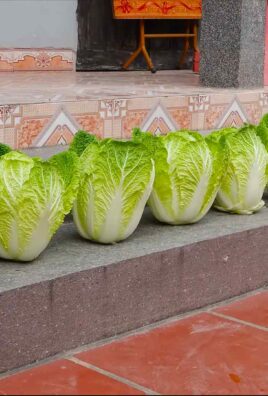
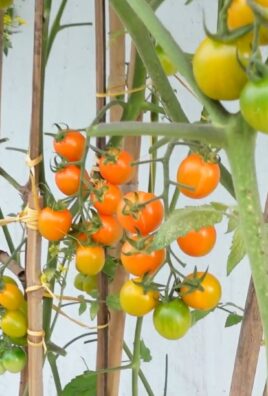
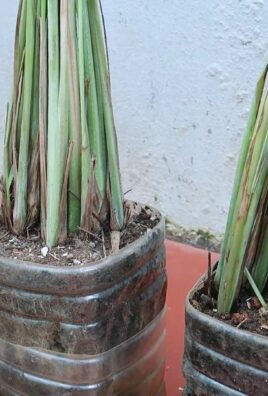
Leave a Comment